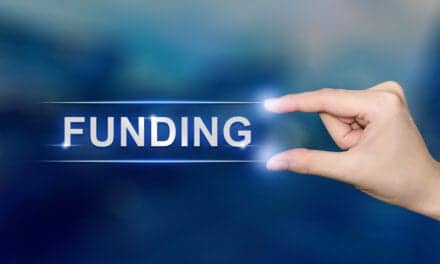
Recipients of the research grants will explore such topics as targeted ultrasound contrast, microorganisms in the work environment, and a clinical compression device.
For “Targeted Ultrasound Contrast to Perform Molecular Imaging Within the Injured Spinal Cord,” Kevin Evans, RT(R), of The Ohio State University, along with co-investigator Kevin Volz, RVT, received a grant of $10,000. Their research centers on the development of a more effective and less painful method of neural tissue imaging, allowing for an earlier neural inflammation diagnosis. The goal of the research is to increase the level of evidence of the utilization of targeted ultrasound contrast, which ultimately could advance its use to clinical practice.
In “Understanding the Microbial Community and Dynamics within Radiation Therapy Treatment Centers,” Elva Dawson, RT(T), of the University of St. Francis, along with co-investigators Leia Levy, RT(T), and Ben Whitlock, received first-year grant funds totaling $3,260 to research the informing of radiation therapists about microorganisms in the work environment. The information can empower therapists to make better choices about infection control procedures, the type of control measures used, and how these measures should be focused. The project seeks to increase awareness among treatment staff so that more attention can be placed on personal control procedures and provide a safer working environment for patients and therapists.
For the final study, “Compression Device for Medical Imaging,” James N. Johnston, RT(R), of Midwestern State University, along with co-investigators Dale McDonald, Salim Azzouz, Ryian Williams, and Rachel Whetley, received a grant of $9,874.30. Their research is aimed at developing a functioning clinical version of a radiolucent device that will apply uniform compression across an obese or morbidly obese person’s abdomen. Such a compression of tissues would reduce the quantity of radiation necessary to produce the image and improve the overall quality of the radiographic examination.
Grant recipients submitted applications and were selected based on the strength of their proposal and alignment with the overall mission of the ASRT Foundation. The Foundation’s Research and Grants Advisory Panel evaluated grant applications and made recommendations to the Board of Trustees for funding. Recipients were then approved by the Board of Trustees.
Applications for the fall 2015 grant programs are being accepted through Aug. 1. To learn more about the research grant programs and how to submit a letter of intent before the proposal deadline, consult the research grant application packet.
For more information, visit ASRT Foundation.
Get AXIS e-newsletters free. Subscribe here.






